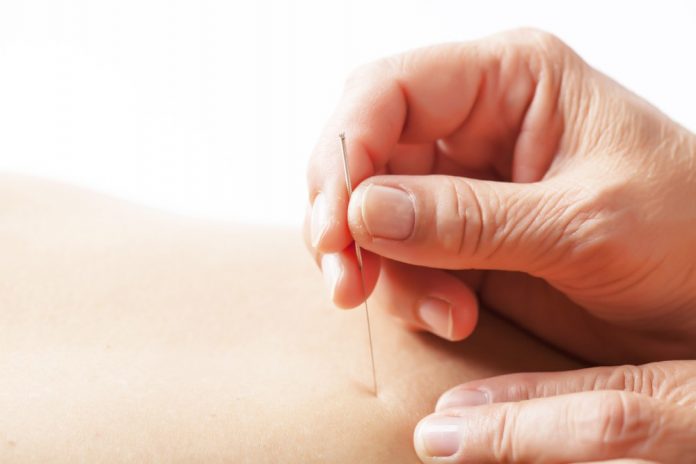Muscle pain and tension can be difficult to live with since it limits your movement especially if you’re living an active lifestyle. Medication can help, but if you’re looking for a non-invasive alternative, dry needling may be the treatment for you.
Inserting needles throughout your body may not be your ideal type of therapy, but several sessions can be effective for speeding up your recovery. To help you decide if dry needling is the right treatment for you, read more below.
What is dry needling?
Dry needling is a type of physical therapy that aims to treat muscular pain or stiffness. The treatment is aptly named because it doesn’t use inject any liquid into your body. It uses fine or filiform stainless steel needles that are inserted into muscular knots or trigger points in your body.
Depending on your diagnosis, dry needling also uses two types of techniques – the in-and-out- technique and the non-trigger point technique. The in-and-out method or pistoning technique inserts the needles directly on your trigger point and is immediately removed. This ‘shocks’ your muscles which will help release the knot and alleviate muscular pain or spasms.
While the non-trigger point technique is done by placing the needles around your trigger point instead of directly on it. This method is done in cases where your muscle pain is a result of a greater muscle or nervous complication.
Does dry needling help recovery?
Aside from managing muscle pain, dry needling can also provide you with several benefits when done correctly. Speeding up your recovery is one of its major benefits, which can be helpful for athletes or anyone that lives an active lifestyle.
The needles stimulate your trigger points which help regulate normal blood flow back to the area. This results in your blood receiving oxygen and nutrients that it needs to allow your muscles to return to their normal resting state, and release the tension.
The punctures will also prompt your nerve fibers to release endorphins, which are your body’s natural pain relievers. So if your love for cycling is overexerting your body, maybe a few sessions of dry needling can help you get back into shape.
Does dry needling have side effects?
Everyone will react differently to dry needling, whereas some will feel no side effects while others can feel sore in the areas where the needles were inserted.
You may also find bruises after your session, but treating them with an ice pack for 10-15 minutes can help make them heal faster. Other patients have also experienced fainting or fatigue, that’s why it’s best to avoid doing any heavy exercises or activities after your treatment.
Resting and drinking plenty of water are recommended after your session to help your body recover to its optimal state. Serious side effects from dry needling are extremely rare, but if you’re experiencing heavy bleeding or infection in your treated areas seek medical help immediately.
Who would benefit from dry needling?
Depending on your symptoms, dry needling can be effective for you especially if you’re sensitive to medication. It can also be an excellent alternative if other forms of physical therapy, exercise, or surgery haven’t given you any improvements after a few sessions.
Aside from musculoskeletal pain, dry needling can also help treat the following:
- Arthritis
- Whiplash
- Headaches
- Tennis elbow
- Spinal issues
- Ankle sprains
- Phantom limb pain
- Shoulder dysfunction
- Carpal tunnel syndrome
- Temporomandibular joint (TMJ) disorders
Do note that dry needling is not safe for pregnant women, and for anyone that’s suffering from a blood disorder or is taking blood thinners. To make sure you’re fit for the treatment, make sure to consult your doctor first.
How many sessions of dry needling are needed?
The number of dry needling sessions you’ll need will depend on your diagnosis. A physical therapist will determine your treatment according to your symptoms and level of pain.
Most practitioners will recommend 2-3 sessions to help you obtain the optimum results from the treatment. But since everyone responds differently to the procedure, where some can feel some improvements after one session while others need more.
The frequency of your dry needling sessions may start at 1-2 times a week, and will then be increased if you’re responding well to the treatment. But if you’re not showing any signs of improvement after 2-3 sessions, dry needling may not be the right treatment for you.
Ready to try dry needling?
If you have any muscle pain or tension caused by an illness or cycling injury, maybe a few sessions of dry needling can help you. Lycoming Orthopedic & Sports Acupuncture has a team of trained practitioners that are equipped to attend to your needs. They also offer acupuncture, dry cupping, and electrostimulation to restore your body to top shape. For questions or inquiries, you can contact their team now and book your first session.








